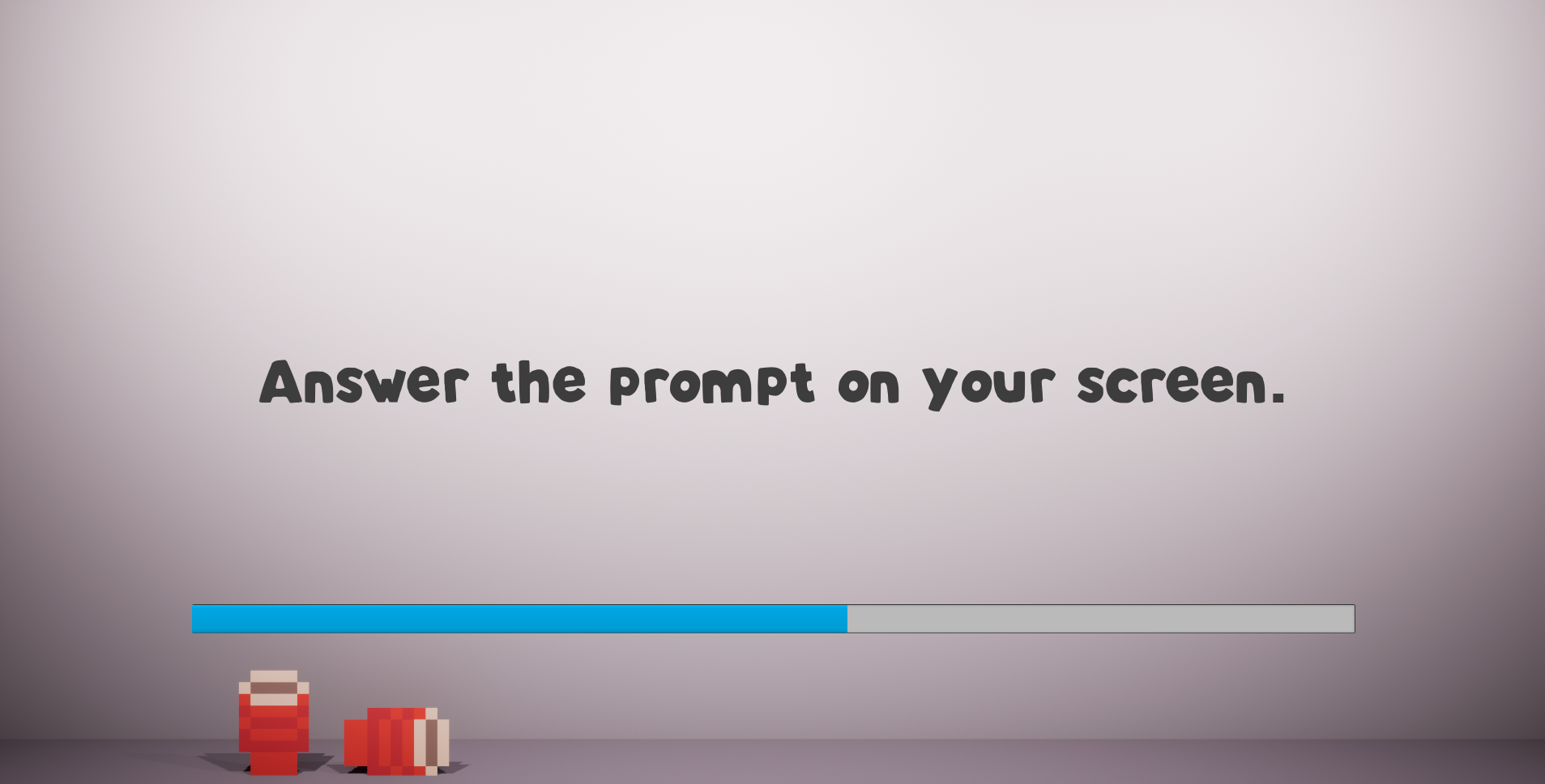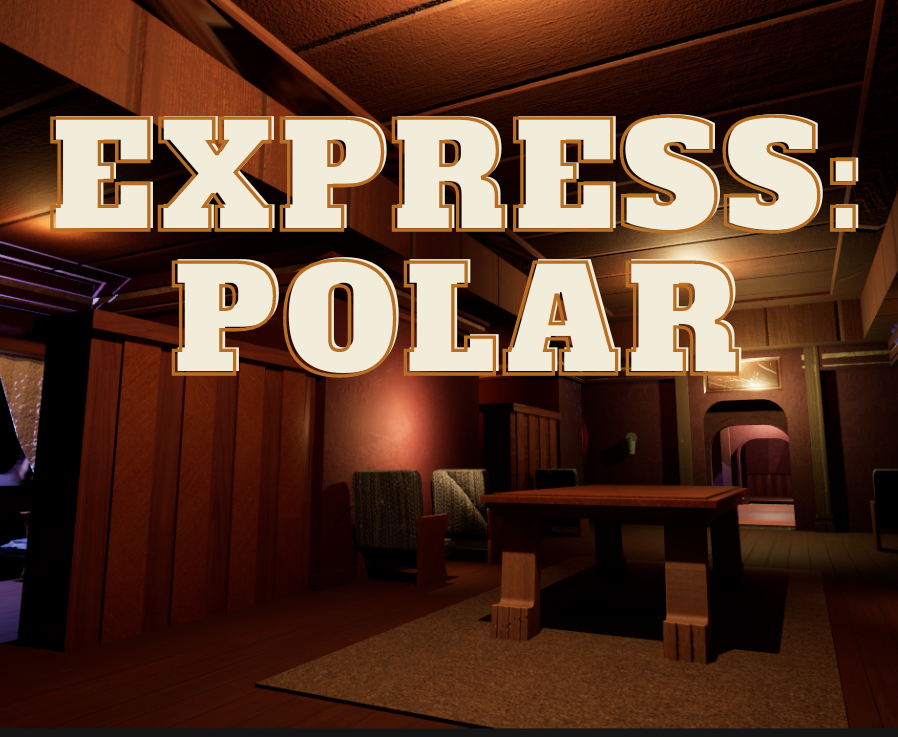Rounds On Me
A Drinking Party Game.
Game Specifications
| Catagory | Description |
|---|---|
| Itch.io Page | Itch Store Site |
| My Role | Solo Developer |
| Game Engine | Unreal Engine 5.3 (UE5) |
| Number of Players | 2-15 Players |
| Genre | Casual, Party Game, Multiplayer |
| Web App | SvelteKit hosted on Render |
Rounds On Me Short Trailer
This is a gameplay demo video.

Full Game Demo Video
This gameplay preview video includes explicit language (Suitable for audiences 18 and older).

- Experience Breakdown -
Phone 🤝 Unreal
In crafting a dynamic party game, accessibility is key. It's about making sure everyone, regardless of their tech-savviness, can jump right in and feel confident.
To achieve this, I devised a solution using Unreal Engine 5 (UE5) that seamlessly connects to the web. Imagine it like a website talking to a server. With my setup, when a new game lobby is created in UE5, it automatically links up with my server through Websockets. This means anyone using the web version can easily join in. These lobbies operate independently, allowing for multiple games to run at once without one affecting the other, even if errors occur.
I've carefully selected a tech stack focused on efficiency. By integrating parallel rendering in Svelte and employing optimized coding techniques, I ensure real-time data transmission. This means players get instant feedback for every move they make, heightening their gaming experience and providing timely guidance, particularly for newcomers.
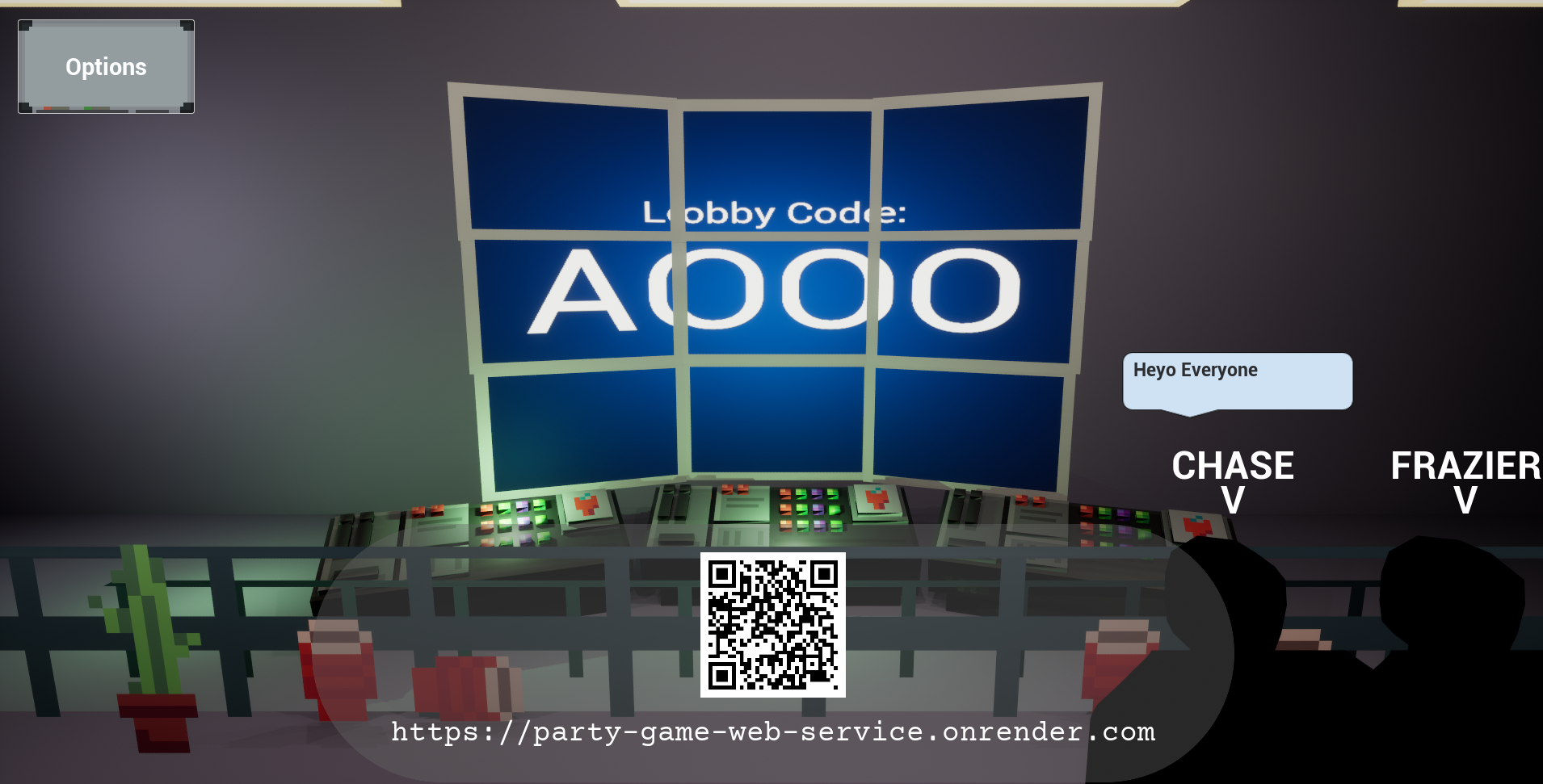
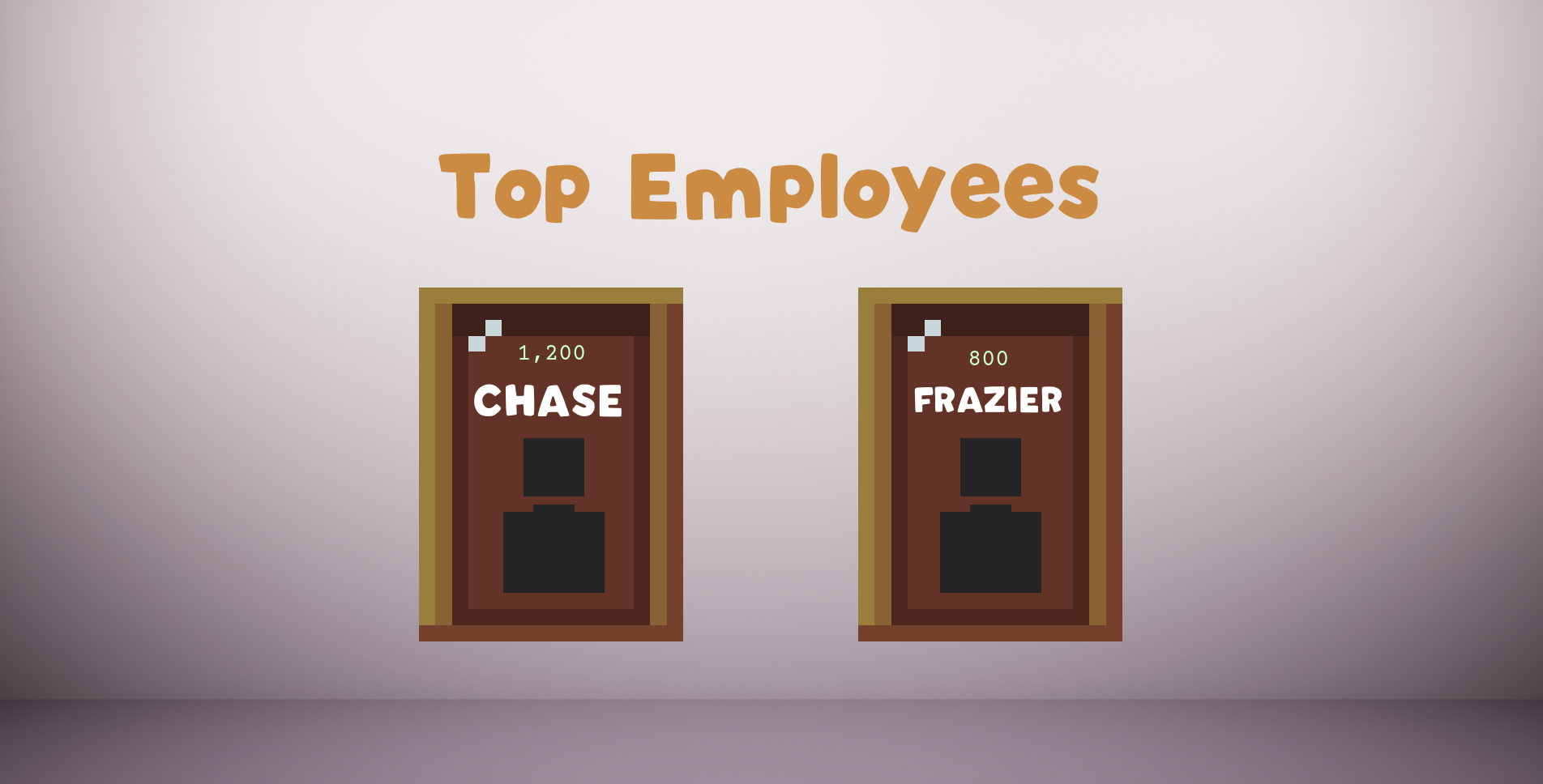
Merging Drinking And Video Games
In the early development phase, I experimented with a unique twist on party game dynamics. Rather than penalizing the lowest-ranked player with a shot, as is common, I flipped the script.
Instead, I introduced a system where players could nominate a competitor to take a shot. In exchange, the selected player would gain a point multiplier for the next round. This added a layer of friendly competition, injecting energy into the party atmosphere. Taking a drink became a strategic move, benefiting players who found themselves in the hot seat. The result? Both parties were satisfied—the shot-taker received a boost, while the chooser enjoyed some mischievous camaraderie among friends.
1. Server Feedback
Ensure that essential information is readily available to players so that they can stay updated on the remaining time they have to input their responses, which is periodically streamed to their devices. Additionally, the game features multiple "Ready Up" sections that dynamically check whether players have real-world tasks, like taking a shot, and stream their readiness status to the screen.
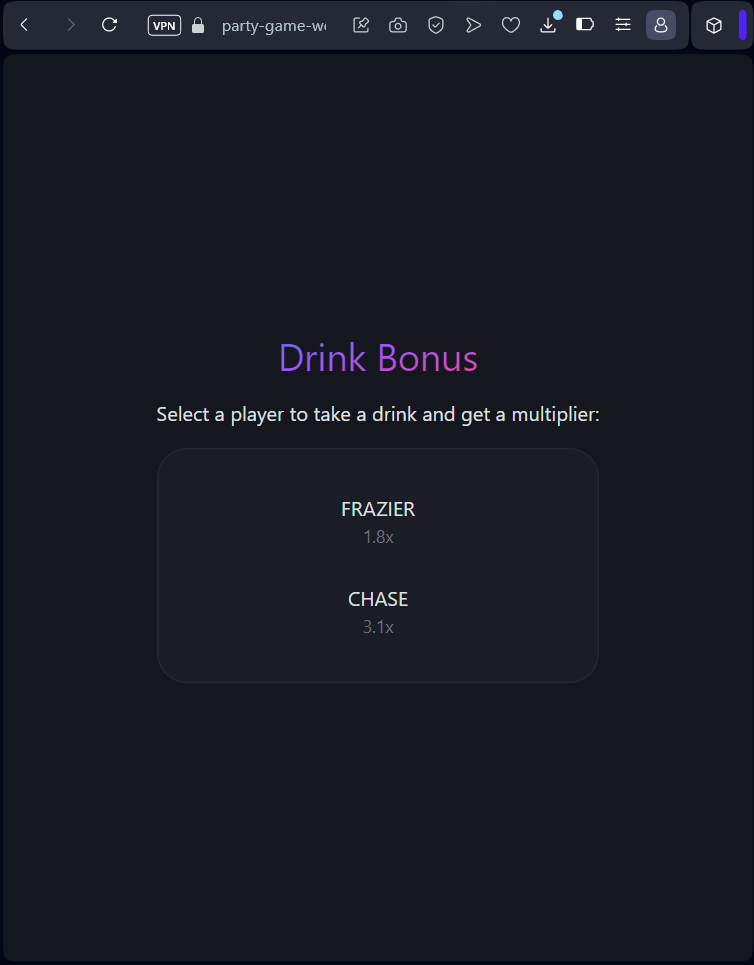
2. Encouraging Conversation
The game is designed to be a team-based experience, where players are paired with new partners to collaboratively create a story within each act. Initially, players were assigned a single teammate for the entire game, and together, they crafted a "Mad-Lib" story. However, in response to feedback, I made adjustments to the system to provide a fresh teammate for each round. This was achieved by using weighted randomness to maintain fairness based on the scoreboard. This adjustment ensures that every player has the opportunity to work on various stories throughout a single game.
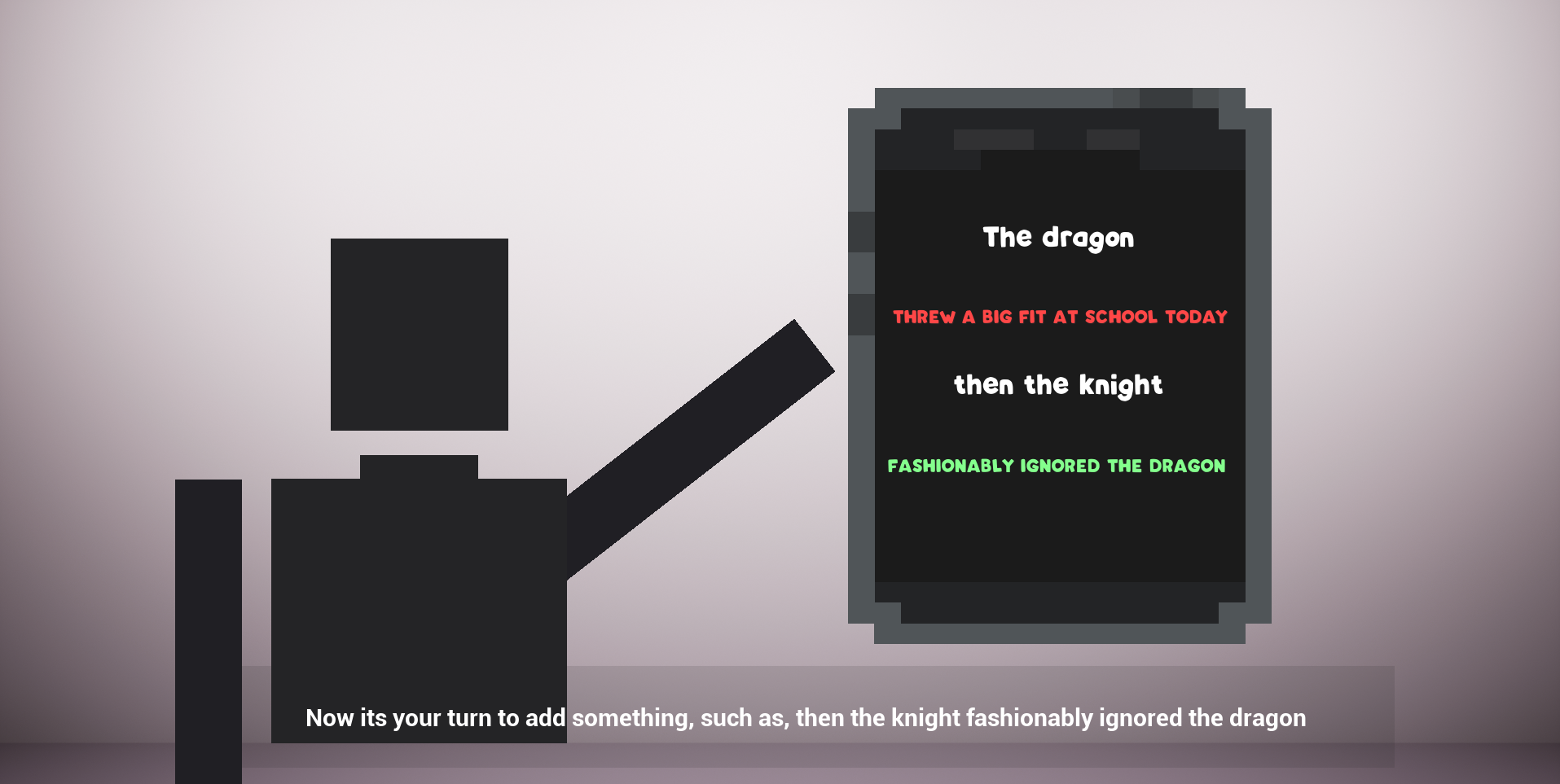
3. Mathematically Interesting
I wanted the game to feature a three-act sequence similar to how a magician performs a trick: retention ➜ retention ➜ reveal. In each round of the game, a score is stored for each sentence created in the story, determined by how players rate each other's contributions. As the game progresses, the system learns more about which story contains the funniest elements. So, in the final act of the game, the narrator recounts the highest-scoring story that players have collaboratively crafted, incorporating a bit of everyone's input.
